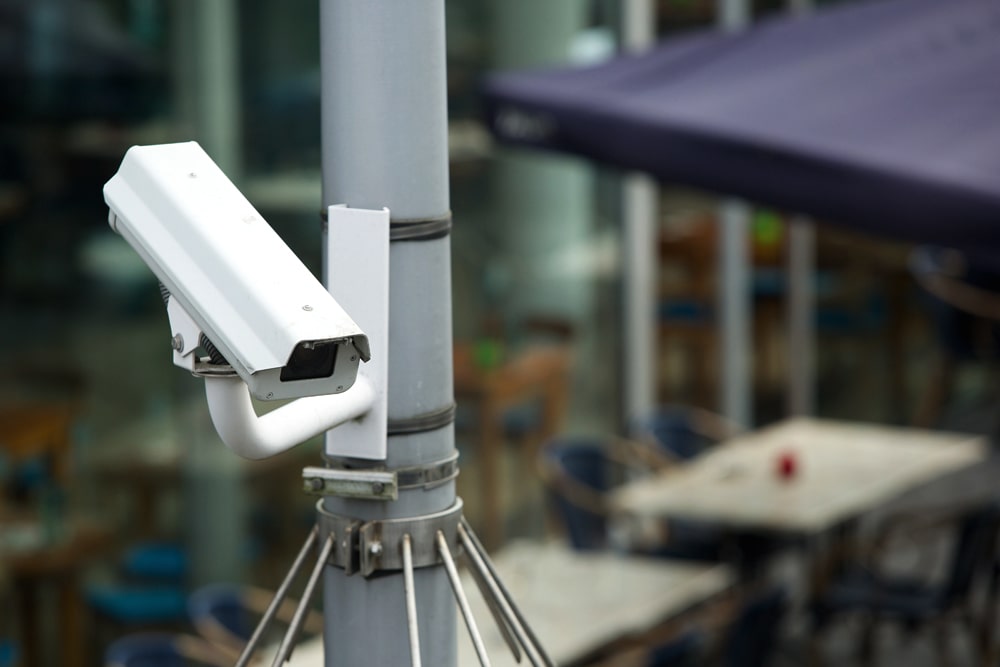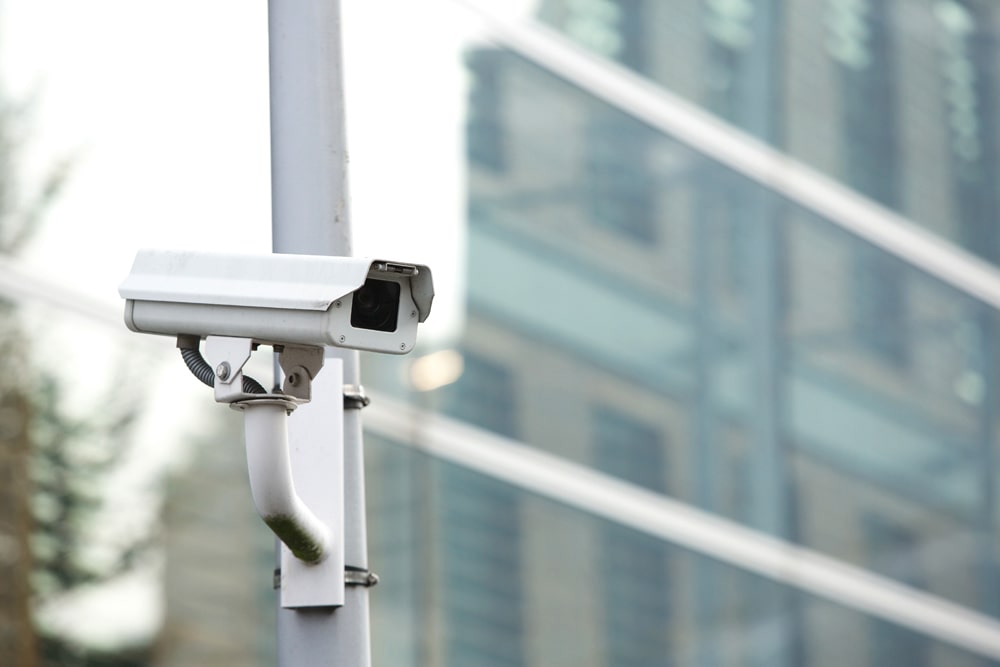The Most Optimal Height for Installing Your Security Cameras
 June 26, 2020 Blog 0 Comment
June 26, 2020 Blog 0 Comment In today’s world, a security camera is more than just a piece of technology. At a time where burglaries and theft are becoming more prevalent, investing in a security camera is a wise decision. Both homeowners and businesses have benefitted from security cameras thanks to higher resolution, optical, zoom, and a bunch of other features that contribute to sharper image quality. But these features wouldn’t be too useful if your camera is mounted the wrong way. The positioning of your security cameras are critical to effective surveillance and this means installing them at an optimal height.
This article will cover everything you need to know about installing security cameras so you can get the most out of these devices.
The importance of proper security camera positioning
So you’ve bought a new security camera and you’re looking to install it in your property. Before you choose a random spot to install your new device, there are a couple of things worth mentioning that will help you determine the right positioning for your security cameras.
- A camera that’s mounted too low is vulnerable to vandalism and may even be a potential target for thieves.
- Security cameras need the appropriate height to ensure better viewing angles and a wider field of view.
- Each camera has a specific IR illuminating distance which affects how proficient it is in monitoring its surroundings.
- Mounting a security camera too high won’t be able to illuminate its surroundings and will struggle with capturing videos and images at night.
- While optical zoom has improved over the years, you want to make sure the camera is installed at an appropriate distance to ensure the footage is clear and crisp. Zooming makes the image pixelated which isn’t great if you’re trying to capture small details.
The optimal camera mounting height
So the big question is, what’s the optimal height for installing a security camera? In general, most security companies recommend installing cameras at a height of 2.5m (8 feet). Of course, this will depend on the type of property you have, where you plan on installing it, and what areas of your home you are looking to monitor.
Some homeowners prefer installing their security cameras at 5m (16 feet) which comes with its own unique benefits. Let’s take a look at how the differences in height can affect how your security cameras record footage:
- 2.5m height – Installing your security cameras at a height of 2.5m provides a general view of the surroundings. It strikes the perfect balance between safety and security as it will protect the cameras from vandals whilst giving you adequate field coverage. Most homeowners can make do with installing their security cameras 2.5m high and is recommended by most security companies.
- 5m height – As you install the security camera up higher, you capture more surroundings at an angle that points further away from the horizon. This lets the cameras see as far away as possible which translate into a wider field of view. Security cameras with a long focal will benefit greatly at this height since their lenses will be able to pick up images at a long distance.
Other things to consider
The height of the security camera is only one part of the equation. You’ll need to take into account other factors that affect video quality like the angle and field of view. Wide-angle cameras are perfect for covering a larger area of their surroundings instead of only a detailed perspective. Of course, this does distort the image which means lesser details are captured. Almost any security camera can come with a wide-angle lens, with some optical zoom cameras zooming far enough to become a wide-angle camera of their own.
Some cameras incorporate multiple lenses that face in different directions to capture a wide field of view. These types of cameras are called panoramic cameras because they combine multiple feeds to create a panoramic view. The advantage of using a panoramic camera is that you get a wide field of view without compromising the camera’s image quality.

